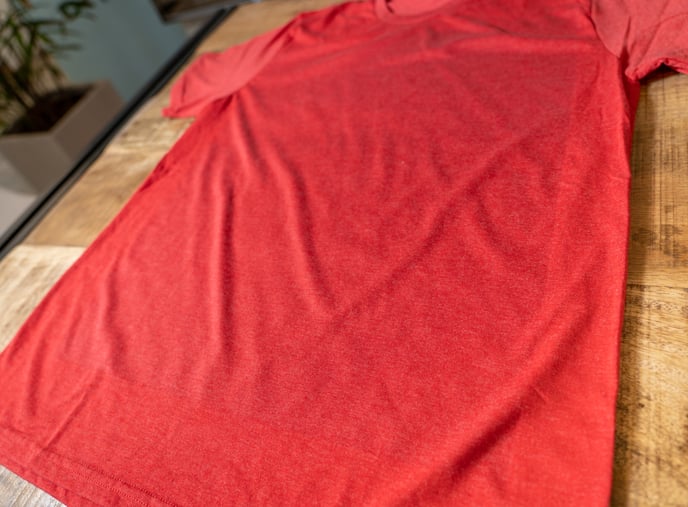DTG may be a relatively new technology in the garment decoration field, however, it hasn’t developed at a certain level yet, in order to service most businesses. The few disadvantages coming with this new technique are explained below.
There has been definite evolution since the very first times of DTG and as the demand for the particular solution grows, so does the need for improvement. This means that DTG as a technology, is always taking steps ahead, but there is more to be done in terms of production volume, print longevity, color and printable materials range.
Not ideal for mass production
To put it simply in very few words, DTG printing is generally more expensive and slower than other methods. The actual equipment, the ink & other consumables as well as maintenance can be costly, especially if core focus is on printing on dark colored shirts. DTG also tends to be slower than other methods; taking Screen Printing as an example, DTG surely cannot keep pace, as with the most common printers, a shirt is printed every two minutes or so.
What are the most common business types that work with DTG?
Print durability
In general terms, there is no safe projection on the number of washes that can be applied on a printed shirt till the design starts to fade. Any estimation can be wrong but roughly we would say that there is a range of 15 to 40 washes. Even on the best case scenario, screen printing durability cannot be matched. Having said that, there are factors that can extend the longevity of the print, such as the right pretreating and curing process, the ink quality and the type of garment.
Parameters that affect the wash fastness of DTG printed garments
Pretreatment issues
 Sometimes there can be imperfections from the pretreatment used on the garment. These can be stains, crystallization or bleaching that appear after the pretreated garment is heat pressed. However, this most commonly happens with particular colors (e.g. red) and there are effective ways for fixing the issue.
Sometimes there can be imperfections from the pretreatment used on the garment. These can be stains, crystallization or bleaching that appear after the pretreated garment is heat pressed. However, this most commonly happens with particular colors (e.g. red) and there are effective ways for fixing the issue.
How to avoid pretreatment stains
Range of printable materials/substrates
It is widely accepted that DTG printing is highly effective on cotton, cotton blends & light colored polyester. This does not mean that the printer is not effective on printing on other substrates, however, there may be more optimized solutions. This said, DTG is not ultra effective when printing on polyester, a fact that makes sports industry evasion cumbersome.
What types of fabrics are suitable for DTG printing?
Color gamut limitation
Given that most DTG printers use CMYK (plus RGB in some cases) and the combinations that these colors can produce, it is easily derived that the perfect Pantone color match cannot be achieved. On top of that, DTG cannot deliver specific colors like gold or silver. Nevertheless, when all the above are applied in the real world of printing there is little difference in what DTG actually outputs and what other technologies can do.
How to print pantone charts via the Digital Factory Apparel Polyprint Edition v10
Taking the above into consideration, even though there can be some limitations, the DTG technology itself is moving continuously forward to resolving the majority of issues. With the right garment and quantities, it is an effective option for businesses that aim to deliver high-quality garments.
-1.png?height=120&name=Polyprint%20Logo%20(Dark)-1.png)